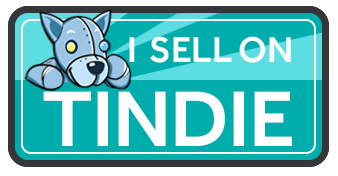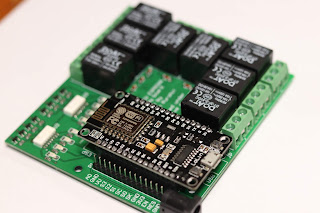4 relay Bluetooth shield for Arduino Uno and Mega2560 based boards
Exactly, because of the last word in the point made
above. WIRES, they are the ones which make your project or
instrument look very old fashioned and ugly. This is the reason why people
prefer PCBs over breadboard. The shield which you have got takes care of that
and ensures you have a smaller number of wires (Coming only from the sensors)
in your project.
Connection guide
The relays operate through a phototransistor of
Toshiba optocoupler, connected to the digital pins of the Arduino board. The
optocoupler isolates from any short circuit happening on the output load which
is to be connected. The Bluetooth is standard HC-05 Bluetooth module (Supplied
with the board if opted). The overall design of the board is user friendly in
the sense, user can change the Bluetooth modules if it goes bad by any chance.
Bluetooth communication is a serial communication and can
be programmed via Arduino IDE available for download. There are various
platforms for free app developments such as MIT app inventor, which is the
easiest I have tested. User have to develop their own apps and Arduino programs
for their specific requirements.
The
relays on the board are rated for 7A, and the track width is
also suitable for handling this much current. (The relay only boards available
in the market (most of them) are having track width suitable only for current
up to 4A.) The relays are connected as follows---
Relay
1- digital pin 11
Relay
2- digital pin 10
Relay
3- digital pin 9
Relay
4- digital pin 8
All the connections and the board are tested after
soldering to ensure there are no manufacturing defects left. The flux on the
board is not removed in case user has to change the components in case of
failure. The pins other than relay pins (Digital pins 2 to 7, Analog in pins as
well as PWR section of Arduino is kept open with female headers in case users
have to connect the sensors and operate relays accordingly.
The price of the board is kept very low, because the
idea behind making this is not to make profit but to facilitate the DIYers and
hobbyists.
Just
plug this shield on your Arduino board and there you go
Applications—
The application areas of the relay shield with
Bluetooth control involve
1. Home
automation using Bluetooth
2. Water
pump controller
3. Gardening
automation using humidity sensors
4. IoT
applications.
Features
of the relay Bluetooth shield—
1. Low
cost meant for prototyping.
2. No
clumsy wires in the project.
3. Isolated
from microcontroller
4. Based
on open source hardware and software.
5. Relays
can handle current of 7A (Rated for 10A).
6. Embedded
Bluetooth support and removable Bluetooth module.
7. Proudly
made in India.
*Please note
that the boards which I am making are completely in my free time and
availability of components. The price may fluctuate by Rs. ~20 to 30 due to
availability of components.

This work is licensed under a Creative Commons Attribution-NoDerivatives 4.0 International License.








Comments
Post a Comment